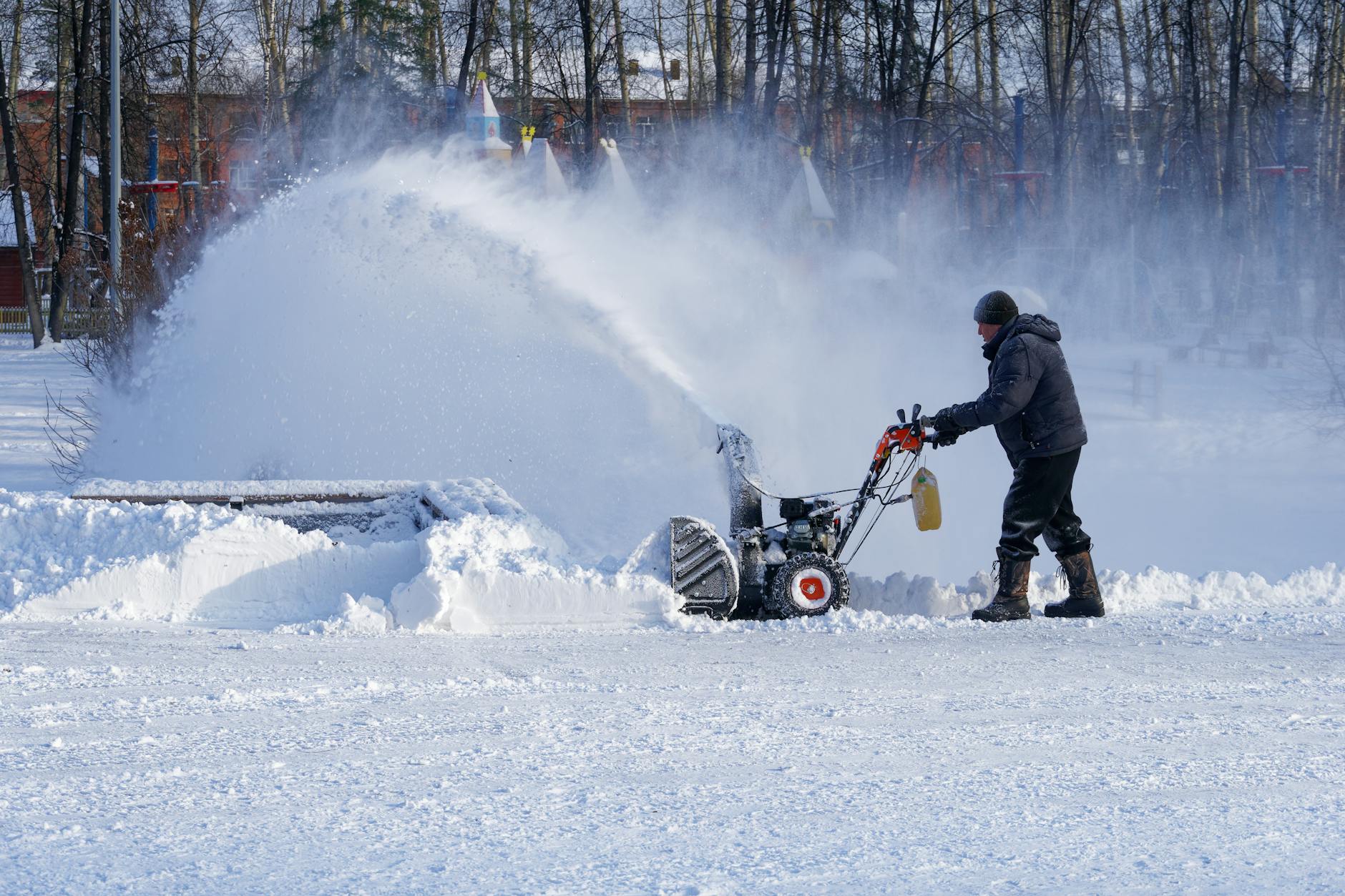The effective operation of snowblowers throughout the winter months relies heavily on the proper functioning of their engines. A crucial element in ensuring optimal performance is the regular maintenance of the lubrication system, primarily through timely oil changes. This guide aims to provide a comprehensive understanding of the snowblower oil change process, encompassing theoretical principles, practical procedures, and essential safety considerations.
Snowblower engines generate significant internal heat during operation. The primary function of engine oil is to lubricate moving components, reducing friction and minimizing wear and tear. Additionally, oil regulates engine temperature by absorbing and transferring heat away from critical parts. Over time, engine oil degrades due to contamination, oxidation, and depletion of additives. This degradation significantly compromises its effectiveness, leading to increased friction, internal wear, and ultimately, engine failure.
Interval and Factors Influencing Oil Change Frequency
As a general guideline, snowblower oil changes should be performed annually at a minimum, regardless of snow accumulation. However, several factors necessitate consideration for adjustments to this interval:
- Heavy Usage: Frequent or prolonged snowblower operation demands more frequent oil changes due to accelerated oil degradation.
- Extreme Temperatures: Harsh climatic conditions, both frigid and scorching, can exacerbate oil breakdown, necessitating additional oil changes.
- Extended Storage: If the snowblower remains inactive for extended periods, an oil change is recommended before its next utilization.
Selecting the Appropriate Oil
Selecting the correct oil type for your snowblower engine is crucial for its proper functioning. Factors to consider include:
- Engine Specifications: Consult your owner’s manual or engine manufacturer’s recommendations for the appropriate oil viscosity and API service rating.
- Climate: Synthetic oils offer superior performance in extreme temperatures, while conventional oils may suffice in milder climates.
Tools and Materials Required
Before embarking on the oil change process, ensure you have assembled the necessary tools and materials:
- Drain pan
- Funnel
- Rags
- Gloves
- Safety glasses
- Fresh engine oil (type and quantity as per specifications)
- Wrench (if required)
- Owner’s manual
Preparation and Workspace Setup
- Warm up the engine for a few minutes to facilitate oil flow.
- Choose a flat, stable surface with adequate lighting and ventilation.
- Consult your owner’s manual for the location of the oil drain plug and oil fill port.
Draining the Used Oil
- Place the drain pan beneath the oil drain plug.
- Carefully loosen and remove the drain plug using a wrench (if necessary).
- Allow the oil to drain completely, tilting the snowblower slightly forward if needed.
- Dispose of the used oil responsibly at a designated recycling center.
Replacing the Oil Filter (Optional)
- Some snowblower models utilize replaceable oil filters. Consult your owner’s manual for location and replacement instructions.
- Unscrew the old filter using a filter wrench and dispose of it properly.
- Apply a thin film of fresh oil to the gasket of the new filter.
- Screw on the new filter hand-tight, then tighten it further with the wrench, avoiding overtightening.
Adding New Oil
- Insert the funnel into the oil fill port.
- Slowly pour in the fresh oil, consulting your owner’s manual for the exact quantity required.
- Check the dipstick level frequently during oil addition.
- Stop adding oil once the dipstick indicates the full mark.
- Remove the funnel and wipe away any spills.
Completion and Verification
- Reinstall the dipstick.
- Start the engine and check for leaks.
- Allow the engine to run for a few minutes, then recheck the oil level.
- Celebrate your successful oil change!
Safety Precautions
- Always wear gloves and safety glasses during the oil change process.
- Ensure the work area is well-ventilated to avoid inhaling oil fumes.
- Dispose of used oil and filters responsibly in accordance with local regulations.
Recap
By adhering to the outlined procedures and recommendations, you can effectively perform snowblower oil changes, contributing to optimal engine performance and maximizing the lifespan of your winter weather ally. Remember, regular maintenance is essential for ensuring your snowblower remains a reliable and efficient tool throughout the coldest months.
This guide provides a comprehensive overview of the snowblower oil change process. By combining theoretical knowledge with practical instructions and safety awareness, you can confidently tackle this routine maintenance task and keep your snowblower operating at peak performance.
As an Amazon Associate I earn from qualifying purchases.




